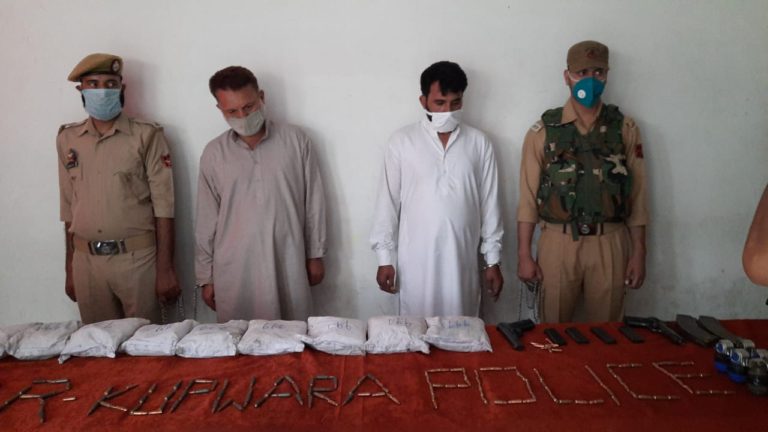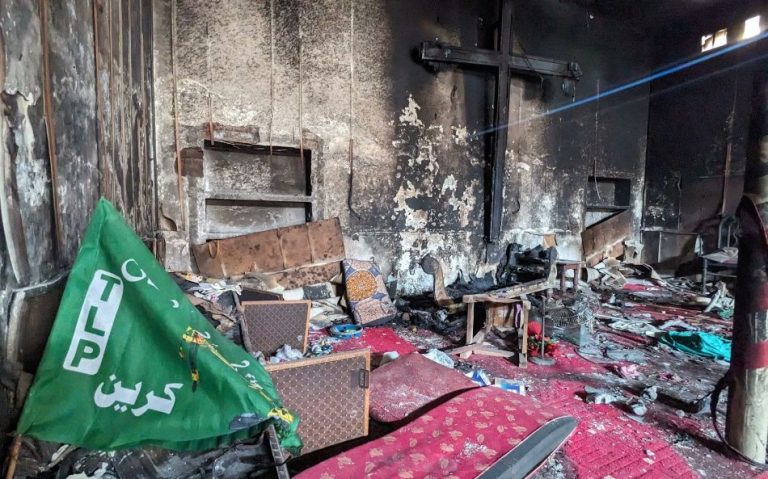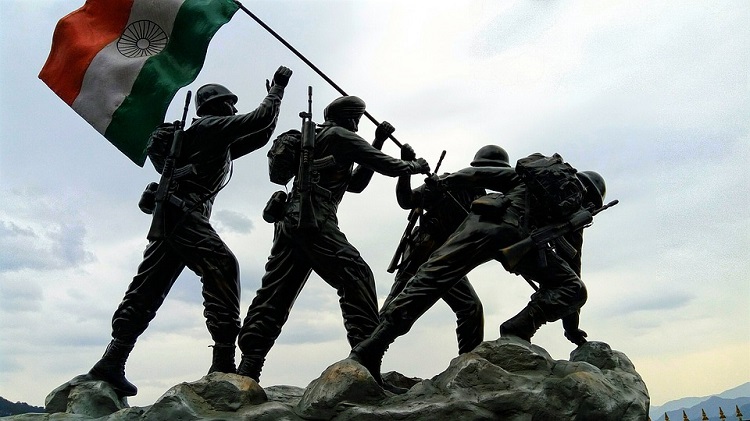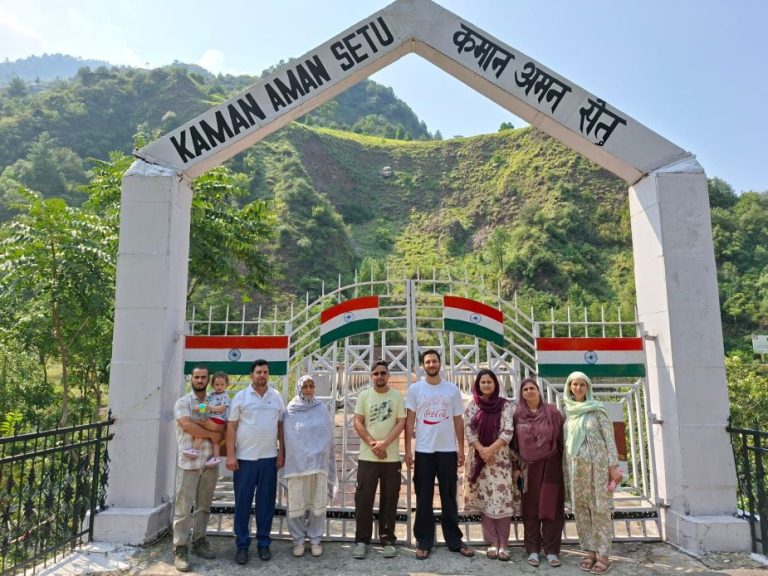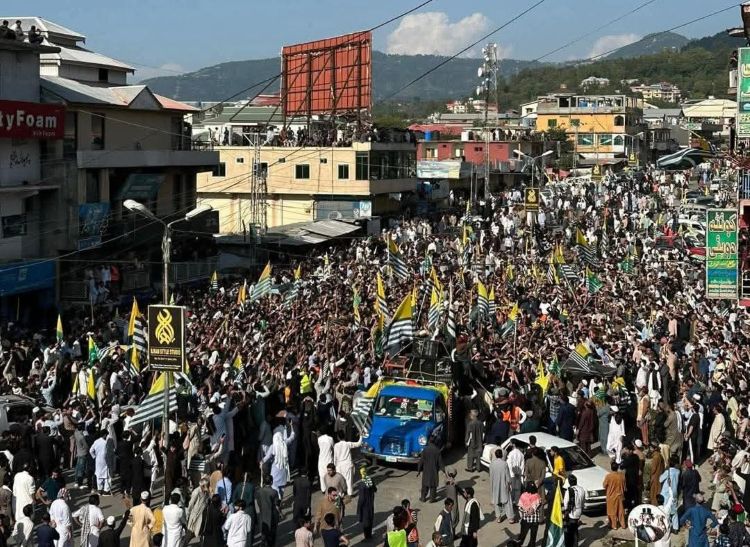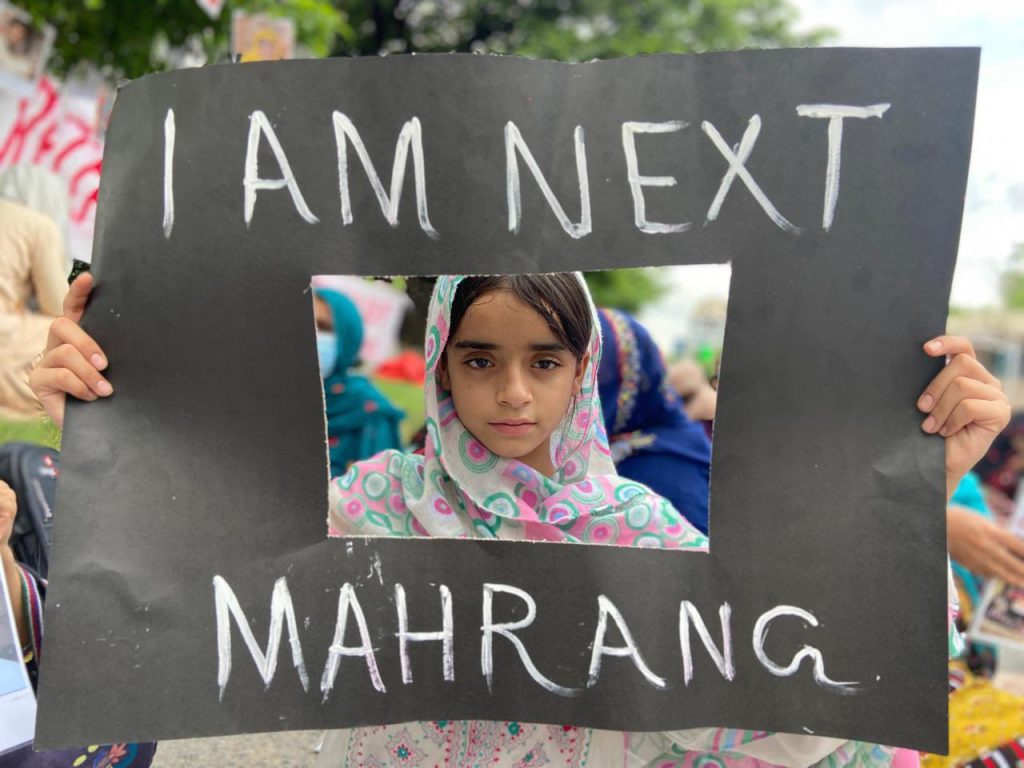On the 3rd of October 2025, Pakistan once again showcased its art of deception through what it called an “agreement” with the Joint Awami Action Committee (JAAC) of Pakistan-occupied Jammu and Kashmir (PoJK). The document, signed at the Pearl Continental Hotel in Muzaffarabad by federal ministers, AJK representatives, and members of JAAC, has been projected as a breakthrough to end weeks of unrest. However, the so-called compromise was signed under intimidation, amid heavy deployment of Rangers and federal security forces, after the killing of 19 unarmed protesters across Muzaffarabad, Dadyal, Dhirkot, and Mirpur.
What Pakistan is celebrating as peace, in reality is a forced surrender extracted under duress. For weeks, people in PoJK had risen against skyrocketing electricity prices, withdrawal of food subsidies, corruption, and Islamabad’s continued political interference through the refugee quota system in the Assembly. Their demands were clear, their movement peaceful, and their leadership determined that no negotiation would be accepted without official notification and full acceptance of all 38 demands. But after blood was spilled and the state’s machinery turned violent, the leadership was cornered, coerced, and made to settle for partial promises on paper.
Out of 38 demands, Islamabad accepted only 21, leaving aside the core issues that had sparked the movement. The most sensitive among these ignored issues is the demand to abolish the 12 reserved refugee seats in the PoJK Assembly a system through which Islamabad manipulates the local legislature using non-resident members who owe allegiance to Pakistani ‘establishment’ rather than to the people of the region.
Instead of abolishing this colonial mechanism, the agreement managed by the Pakistanis merely forms a six-member committee to “deliberate” on the issue, providing no assurance or time frame for reform. The second major unfulfilled commitment relates to subsidies on essential commodities such as wheat, rice, and pulses, which had been among the key reasons for the uprising. The agreement fails to restore these subsidies, only mentioning future consultations–a classic bureaucratic tactic of delay and deflection that Islamabad has used for decades to exhaust public movements.
Perhaps, the most heart-breaking element of this so-called compromise is its approach to justice. After the brutal killings of protesters, the Joint Awami Action Committee (JAAC) had demanded suspension and prosecution of responsible officers, particularly the SP of Muzaffarabad. Instead of accountability, the state has only announced the monetary compensation of ten lakh rupees per deceased person, ten lakh per injured, and government jobs for one family member of each victim. This transactional approach treats human lives as commodities, as if the blood of innocent citizens can be washed away with currency notes and employment letters. The absence of any mention of disciplinary action or criminal proceedings against those responsible for the killings exposes the moral bankruptcy of Islamabad’s intentions.
The rest of the document is filled with token promises and vague assurances reducing cabinet size, merging departments, conducting feasibility studies for tunnels and airports, aligning educational boards, and setting up committees to “deliberate” on various matters. These bureaucratic exercises are not the reforms the people demanded. They are cosmetic adjustments meant to create the illusion of responsiveness while maintaining the same structures of exploitation and control.
The agreement’s language is carefully crafted to avoid legal enforceability such that every promise is wrapped in terms like “will be considered,” “subject to consultation,” or “as per feasibility.” In essence, it is a script written to buy time, not to bring change.
This pattern of deceit is not new. Over the years, Pakistan has repeatedly used agreements and committees as instruments to suppress genuine movements in its occupied territories. In 2018, it promised AJK residents that hydel royalties and power tariff relief would be implemented within six months, but nothing materialized. In 2022, during the Mirpur electricity protests, Islamabad pledged to equalize power rates with Punjab; the notification was never issued. In 2023, the Gilgit-Baltistan wheat subsidy agitation was diffused by written assurances, only for the prices to rise again months later. Each of these betrayals follows the same pattern appease the public, defuse the movement, and later deny implementation.
The October 2025 Muzaffarabad agreement is merely the latest addition to this long list of betrayals. Adding insult to injury, a leaked WhatsApp directive from a senior Islamabad Police officer surfaced just days after the signing, instructing subordinates to frame residents of PoJK in fake cases and detain protest organizers under preventive laws. This revelation confirms what many feared from the start– that the so-called reconciliation was only a façade. The real agenda of the Pakistani establishment is to neutralize the leadership of the movement, arrest vocal activists, and create a climate of fear so that future uprisings are nipped in the bud.
It exposes the state’s deep-seated paranoia toward its own citizens and its unwillingness to tolerate dissent, even from people who are constitutionally under its administrative control. The hypocrisy of Pakistan’s conduct becomes even more glaring when viewed against its own domestic record. Across Balochistan, Sindh, Khyber Pakhtunkhwa, and Gilgit-Baltistan, Islamabad has followed the same script promise reforms, sign agreements, and then unleash security forces when people demand implementation.
In Balochistan, thousands have disappeared over decades of military operations while the region’s natural wealth continues to be looted. In Sindh, local voices are marginalized under federal dominance. In Gilgit-Baltistan, people continue to live without constitutional recognition despite repeated assurances. PoJK has now joined this tragic list, where the state’s instruments of violence are used to maintain control under the pretence of democracy.
The Joint Awami Action Committee (JAAC) leadership that once called itself the voice of the oppressed has now lost the trust of the people. Only a day before the agreement, leaders like Shaukat Nawaz Mir and Sardar Umar Nazir had declared that no truce would be valid without official notification and complete acceptance of demands. Yet, within 24 hours, they were sitting across the table signing a document that leaves nearly half the demands unaddressed. Many within PoJK now see this as a betrayal of the martyrs and a surrender to Islamabad’s pressure. The protests may have paused, but the wounds have deepened, and the faith in leadership has eroded.
The Pakistani establishment has mastered the art of pacification to silence the crowd with promises, divide the leadership through incentives, and criminalize the rest through legal harassment. The formation of a “Monitoring and Implementation Committee” announced under the agreement is nothing but a bureaucratic smokescreen. Past committees formed for electricity, hydel royalties, and subsidy reviews have never met deadlines or achieved results. There is no reason to believe this one will be any different. In reality, such mechanisms are designed to drag issues indefinitely until public attention fades.
What Islamabad calls peace is the peace of suppression. The families of the dead are told to stay quiet for compensation; the injured are told to be grateful for promises; and the leadership is told to celebrate committees as victories. Yet the people of PoJK are no longer the same. They have seen the truth behind Pakistan’s slogans of solidarity. They have realized that their exploitation is not accidental but systematic, designed to keep the region politically dependent and economically subservient. The movement that erupted in 2025 may have been contained temporarily, but it has awakened a collective consciousness that will not be silenced by false settlements.
Pakistan’s deep state has used violence as a political tool not only in PoJK but across its geography. It has turned guns on its own people, justified repression in the name of national security, and refused to learn from its repeated failures. The world must now see the October 2025 agreement for what a truly tactical maneuverer by an insecure state is to escape accountability and retain control over an occupied territory. It is neither a solution nor a settlement, but a document of deceit.
The people of Pakistan-occupied Jammu and Kashmir demanded dignity, justice, and autonomy. In response, they received bullets, compensation, and committees. Those who lost their loved ones are told to move on, while those who dared to speak are now being targeted through fabricated charges. This is not reconciliation; it is coercion. The ink on the Muzaffarabad agreement may have dried, but the blood of innocent protesters remains fresh in the streets of Dadyal, Dhirkot, and Muzaffarabad. History will remember that Pakistan once again chose force over fairness, silence over truth, and betrayal over brotherhood. The people may have been forced into silence today, but that silence will echo tomorrow as a reminder of Pakistan’s failed promises and its continuing deceit toward the very people it claims to represent.

